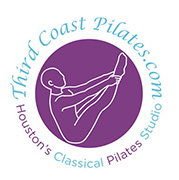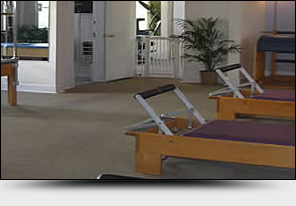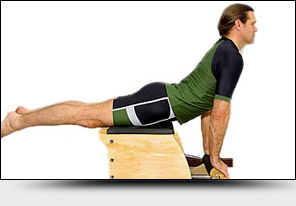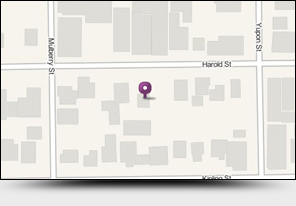The Pilates participant is viewed as a true student of the method. The Pilates instructor  considers each workout a "class" not unlike that of dance, martial arts or yoga. The Pilates instructor focuses less on teaching repetitive movement and focuses more on muscular reeducation and development of the body/mind connection.
considers each workout a "class" not unlike that of dance, martial arts or yoga. The Pilates instructor focuses less on teaching repetitive movement and focuses more on muscular reeducation and development of the body/mind connection.
Many of the exercise systems that are popular today focus on the large, superficial muscle groups that control locomotion. An example of this would be pushing and pulling movements with arms or legs. These movements are usually performed through a small range of motion, which results in a decrease in flexibility, limited function and short bulky muscles. Typically these systems exercise the abdominals in a separate routine and focus predominantly on the rectus abdominus (six pack) and obliques.
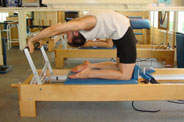 The Pilates Method is a flowing style of exercise. It is designed to condition the whole body simultaneously and uniformly. The Pilates student focuses on increasing kinesthetic awareness and toning of the intrinsic muscles. These are the deeper layers of muscles (core) that stabilize the skeleton. This gives one greater leverage when engaging the extrinsic muscles that are closer to the surface and are the larger muscles of locomotion. We refer to this as "sequencing" because we initiate all movements by engaging the stabilizing muscles before that of the "prime mover". This uniform development combined with focused concentration, proper breathing, and precise movements ensure that the body is aligned as it was designed to be, with all joints supported by balanced weight and force.
The Pilates Method is a flowing style of exercise. It is designed to condition the whole body simultaneously and uniformly. The Pilates student focuses on increasing kinesthetic awareness and toning of the intrinsic muscles. These are the deeper layers of muscles (core) that stabilize the skeleton. This gives one greater leverage when engaging the extrinsic muscles that are closer to the surface and are the larger muscles of locomotion. We refer to this as "sequencing" because we initiate all movements by engaging the stabilizing muscles before that of the "prime mover". This uniform development combined with focused concentration, proper breathing, and precise movements ensure that the body is aligned as it was designed to be, with all joints supported by balanced weight and force.
"Each muscle may cooperatively and loyally aid in the uniform development of all our muscles. Developing minor muscles naturally helps to strengthen major muscles." - Joseph Pilates
